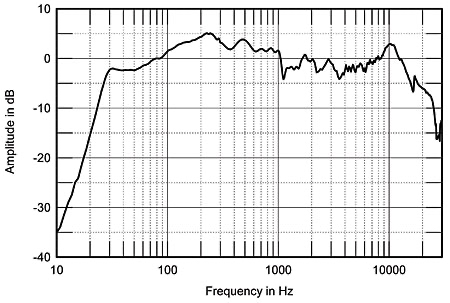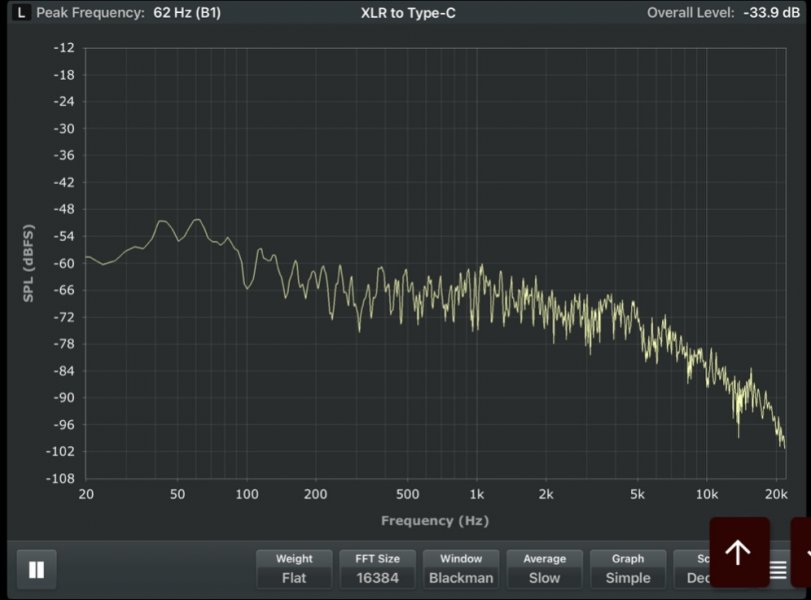Jason Hanan, President of Pro Audio LA, and his colleague, Richard, visited me today to give me a demo of PSI AVAA active bass frequency absorbers.
Coming as they do from the pro audio world, as opposed to the audiophile world, I expected the AVAAs to do something unambiguously. And they did!
I was expecting Jason to plop an AVAA in each front corner, and he did, indeed, start there. But he is a very experienced professional at walking slowly and carefully around the room with certain frequencies playing, and feeling the pressure nodes of the room at different frequencies.
Jason determined that the front right side of the room has a node at about 50 Hz, while the front left side of the room has a node at about 60 Hz. He thinks this is due to the asymmetric ceiling height caused by the 9' ceiling soffit on the left side of the room (versus the 14.5 foot ceiling height for the rest of the room).
Impressively, Jason experimented not only with different locations and different frequencies for the AVAAs, he integrated a lot of experimentation with my inventory of ASC TubeTraps as well. He likes having both of these acoustic tools at his disposal to identify and mitigate room nodes.
Jason spent a lot of time having his colleague, Richard, slowly rotate the TubeTraps' absorption side versus diffusion side orientation to maximize the mitigation of sound pressure areas.
Jason believes that my 60Hz (and 50Hz) problems are primarily a function of room dimensions, and not a function of woofer tower positioning.
BEFORE
View attachment 108223
AFTER
View attachment 108224
We listened to two songs and I could hear a significant improvement. On those two songs there was no longer any obvious room boom.
I haven't had a chance yet to listen more extensively (we spent most of the day with Lola at the emergency room as she fell ill on Wednesday night (kids!

), but I hope to be able to do some listening this weekend.
One AVAA wound up in the front right corner, and the other AVAA wound up just behind the listening position. I may order a third AVAA for the front left corner.
I am going to have put tape around the TubeTrap positions, as well as preserve the absorption/diffusion directional orientations. I am afraid to move or tinker with anything, lest I lose the results we have achieved thus far. The TubeTraps look to be a little bit randomly scattered around the room now, but they are positioned carefully to absorb the pressure nodes.
Jason advised that one should not substitute objective measurements for subjective listening impressions. He said he has had experiences where an improved frequency response chart actually resulted in a less attractive subjective sonic result. I am not moving a thing now. I have to spend a lot of time listening to the new acoustic arrangement
i bought on the spot the two AVAAs Jason and Richard brought today. I especially appreciate the way Jason used the TubeTraps
with the AVAAs to achieve a better result than either product could achieve alone.
I highly recommend AVAAs! They actually work! I especially recommend that you hire Jason personally to install them for you!
Thank you, Jason! Great job!
Jason Hanan
President
Pro Audio LA
323-319-5936
jason@proaudiola.com
https://www.proaudiola.com/





